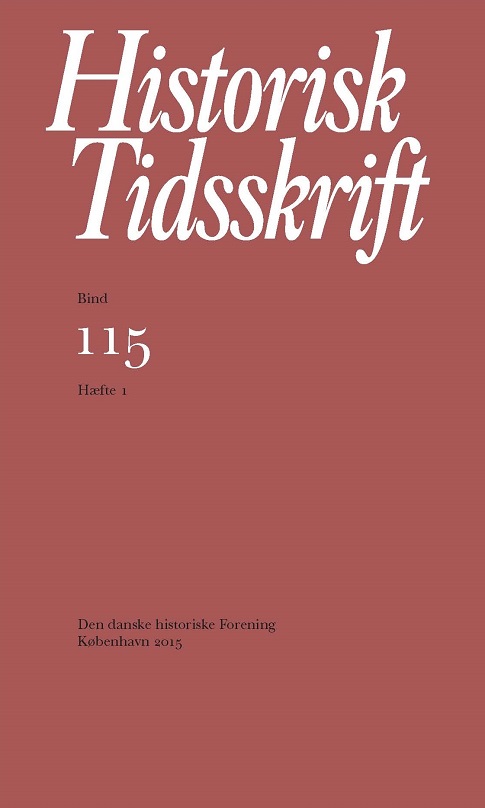Oprørsbekæmpelse og orientalisme. Amerikansk Counter-insurgency i Irak og strategien mod Islamisk Stat
Resumé
Counterinsurgency and Orientalism
US Counterinsurgency in Iraq and the strategy towards Islamic State
The situation in Iraq and Syria in 2015 cannot be fully understood without looking back on the war against Iraq launched by the USA and the so-called Coalition of the Willing in March 2003, as well as considering on the way in which the war and Iraq’s new political dynamics – local and regional – were handled in the aftermath of the invasion. This article assesses the long-term political consequences of the „turn to the local“ in U.S. counterinsurgency (COIN) strategy by critically interrogating the so-called „Anbar-awakening“ in Iraq. Facing a steady increase in violence and insurgency in the Anbar province in Iraq 2006 despite comprehensive kinetic US military operations, the US Command in Iraq decided to shift strategy, and adopted the COIN approach that came to be known as the Surge. Sunni Muslim communities in Anbar province were the base for the insurgency, and especially Fallujah was then seen as the center for al-Qaeda operations. The locals were squeezed between al-Qaeda insurgency groups, the Iraqi Army, Iraqi Shia militias, and US invasion forces that all transformed the cities in Anbar into battlefields.
A group of tribal leaders – The Awakening Sheikhs (Sahwat al-Anbar / Sahwa movement) – offered to cooperate with the US forces in fighting al-Qaeda. This offer lead the new US Chief of Command David Petraeus and his adviser, the Australian colonel and anthropologist David Kilcullen, to change US strategy from killing enemies to protecting the locals by training local militias and providing them with logistical and intelligence support as well as weapons. Apparently these alliances succeeded in hunting down al-Qaeda, but the Sheikhs were never included in the political process in Baghdad and the militias were refused inclusion in the Iraqi Army. In 2014 many of these trained, but politically marginalized, locals were supporting Islamic State (IS) in Iraq. Based on US Army documents and secondary literature as well as Iraqi sources, this article deconstructs the narrative of the Surge and analyses the political context after the Surge in order to explain what went wrong with the COIN strategy 'turning to the local’ in Iraq. The article offers an in-depth examination of the unintended political and military consequences resulting from the incorporation of local political actors into COIN operations that links the shift in strategy in Iraq and the fight against al-Qaeda with the contemporary „rise“ of IS.
Downloads
Publiceret
Citation/Eksport
Nummer
Sektion
Licens
Ophavsret til bidrag i Historisk Tidsskrift tilhører forfatterne og Den danske historiske Forening som udgiver af Historisk Tidsskrift. For illustrationer gælder den ophavsret, som står anført i billedteksten. Ophavsretslovens almindelige bestemmelser gælder, hvilket vil sige, at ophavsretten gælder i 70 år efter forfatterens død. Bidrag i Historisk Tidsskrift må derfor, med forbehold for en ”moving wall” på tre år, frit downloades, læses, gemmes, anvendes og citeres (med kildeangivelse) i privat og videnskabelig sammenhæng, men de må ikke helt eller delvis genudgives af tredjepart, heller ikke i redigeret form, uden tilladelse fra forfatterne og Den danske historiske Forening. Henvendelse skal i så fald rettes til Historisk Tidsskrifts redaktion på histtid@hum.ku.dk.





